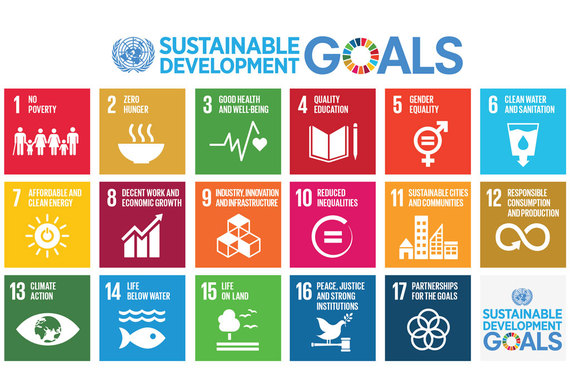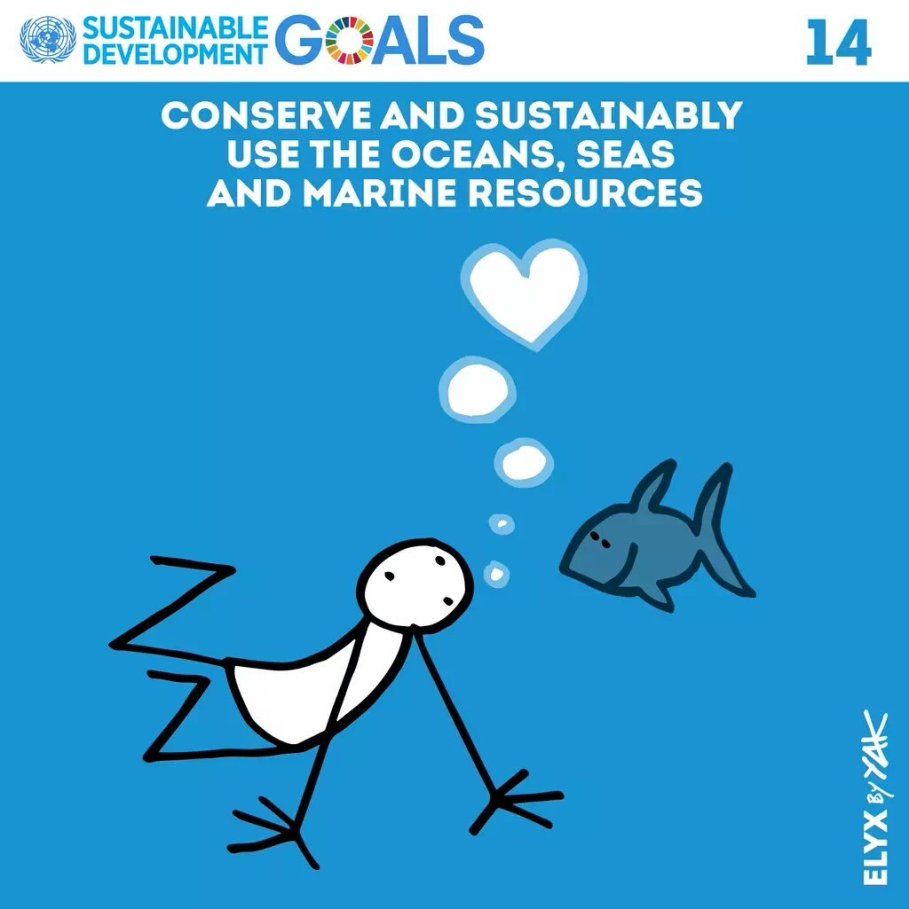What are the Sustainable Development Goals?
The Sustainable Development Goals (SDGs) are an intergovernmental set of aspiration Goals with 169 targets. The Official Agenda for Sustainable Development outlined 17 Sustainable Development Goals and its associated 169 targets to be achieved by 2030. It all started when I recently attended the Mary Robinson SDG Symposium in Ballina, County Mayo. This covered detailed discussions of SDG 5- Gender Equality, SDG 10- Reducing Inequalities and SDG 16- Peace. For the first time the UN has included a Sustainable Development Goal about the oceans in its new sustainable development agenda. We have a very special interview from Andrew Hudson, Head of Water & Ocean Governance, UNDP about the Sustainable Development Goal 14 on the oceans (Life below Water) and Sustainable Development Goal 6 on water (Clean water and sanitation).

1) Why are the oceans important to our planet and what are the main threats or challenges affecting it?
Andrew Hudson: “The oceans cover over 70% of the planet and represent over 99% of the earth’s living space. They provide food security for billions, are the major transport hub on earth for traded goods (via shipping), are probably the single most sought after tourism amenity, produce half the world’s oxygen. Oceans are the major regulator of the earth’s climate through their absorption and release of heat energy, absorbing some 87% of the extra energy that greenhouse gases create in the atmosphere and 30% of the anthropogenic CO2 we emit. The ocean economy – shipping, fishing, aquaculture, oil and gas extraction, tourism – is valued at several trillion dollars per year, and that is only for the marketized benefits, it doesn’t include the immense non-market benefits the ocean provides such as climate regulation.
The principal five threats to a sustainable oceans are: overfishing, coastal habitat loss (corals, seagrass, mangroves, etc.), pollution (especially by nutrients and plastics), invasive species (especially those carried in ship’s ballast water and on hulls) and ocean acidification (since the 30% of anthropogenic CO2 that dissolves in oceans creates carbonic acid, lowering the pH/increasing the acidity of the oceans).”
2) For the first time the UN has included a Sustainable Development Goal about the oceans in its new sustainable development agenda. What are the SDGs and in particular Goal 14: Life below water and Goal 6: Water?
Andrew Hudson: “SDGs 6 (water) and 14 (oceans) are in many ways complementary. SDG6 sets ambitious targets such as universal access to clean water and sanitation services, dramatically increasing the treatment of wastewater, improving water use efficiency, and protecting freshwater ecosystems. SDG6 and 14 calls for reducing marine pollution, protecting coastal ecosystems, ending overfishing including elimination of destructive fisheries subsidies, achieving 10% of the oceans under marine protected areas, improving resource and market access for small scale fishers, and enhancing ocean economic benefits to the poorest people and those who live in Small Island Developing States (SIDS).”
 3) What is the role of the UNDP Ocean Governance programme in implementing the SDGs Goals 6 and 14?
3) What is the role of the UNDP Ocean Governance programme in implementing the SDGs Goals 6 and 14?
Andrew Hudson: “Through its Ocean Governance Programme, UNDP is working with other UN agencies, the Global Environment Facility, international financial institutions, regional fisheries organizations and others to improve ocean management and to sustain livelihoods at the local, national, regional and global scales through effective ocean governance. UNDP’s Ocean Governance Programme is strongly aligned with Sustainable Development Goal (SDG) 14 on Oceans – Conserve and sustainably use the oceans, seas and marine resources for sustainable development. The active portfolio and pipeline of UNDP projects and programmes support the majority of SDG14 targets. We support the creation of an enabling policy environment for ocean restoration and protection through the development of ocean and coastal management strategic planning tools and methodologies. We support the codification and application of the Global Environment Facility’s (GEF) Transboundary Diagnostic Analysis/Strategic Action Programme planning approach to address aquatic ecosystem degradation at the scale of Large Marine Ecosystems (LME). We also promote bottom-up approaches to maintaining aquatic ecosystem services at smaller planning scales (municipalities, provinces, local watersheds) – Integrated Coastal Management (ICM) and Integrated Water Resources Management (IWRM). We help build upon and advance existing or anticipated regional or global multilateral agreements to address threats to large-scale ocean sustainability such as from shipping and highly migratory tuna stocks. We support countries in the creation of new Marine Protected Areas (MPA) and the strengthening of existing MPAs through the UNDP Ecosystems and Biodiversity programme.”
Continue reading “Life Below Water: Sustainable Development Goal 14”
